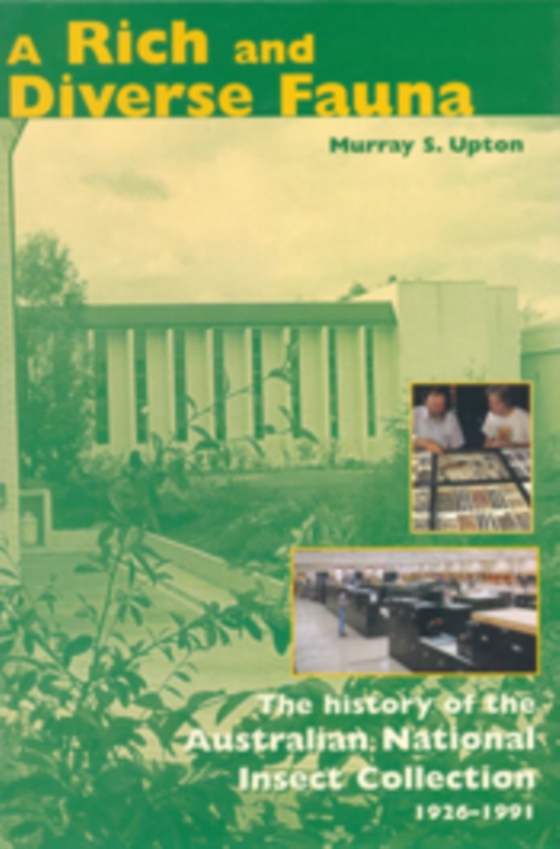
Rich and Diverse Fauna e-bog
260,50 DKK
(inkl. moms 325,62 DKK)
This volume is the first comprehensive account of the formation of CSIRO Entomology and the Australian National Insect Collection (ANIC) and covers the growth of this national collection over its first 65 years. In 1927, Robin John Tillyard stated that "e;the future of Australian entomology depends to a large extent on the gathering together of a really national collection."e; On taki...
E-bog
260,50 DKK
Forlag
CSIRO PUBLISHING
Udgivet
1 januar 1998
Længde
408 sider
Genrer
1MBF
Sprog
English
Format
pdf
Beskyttelse
LCP
ISBN
9780643104860
This volume is the first comprehensive account of the formation of CSIRO Entomology and the Australian National Insect Collection (ANIC) and covers the growth of this national collection over its first 65 years. In 1927, Robin John Tillyard stated that "e;the future of Australian entomology depends to a large extent on the gathering together of a really national collection."e; On taking charge of the Council for Scientific and Industrial Research's entomological work in 1928, he set up the Division of Economic Entomology in which he saw the need for 'extensive collections', and the national insect collection was born. A Rich and Diverse Fauna deals with the difficulties facing the establishment of research in Australia due to the scarcity of adequately trained staff and reveals the problems caused by Tillyard in the early days. Despite these, however, it shows that Tillyard laid the foundations of a Division that has withstood the test of time. He recognised the necessity of combining taxonomy and its associated collections with other entomological disciplines in order to provide a sound base for applied entomological research. The book covers the building of the first laboratory for CSIRO's Division of Entomology and the recruitment of the taxonomic staff, together with the various early collecting expeditions and surveys. It records the tireless efforts of Bill Brandt collecting in New Guinea and the trials and tribulations confronting the early curators of the collection. It also details some of the major collections acquired or donated to the ANIC, records the major field surveys undertaken by the ANIC staff in the 1970s and covers the involvement of the taxonomists in the dispute over the legislation restricting the export of insect holotypes. Richly illustrated, the book contains a comprehensive index together with a bibliography of more than 600 references.
 Dansk
Dansk

